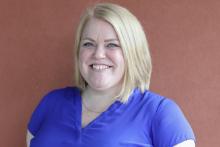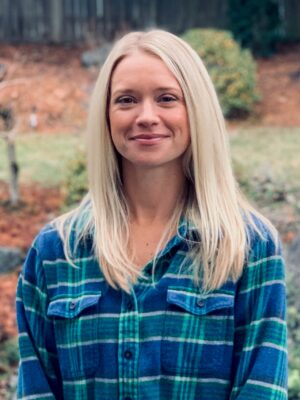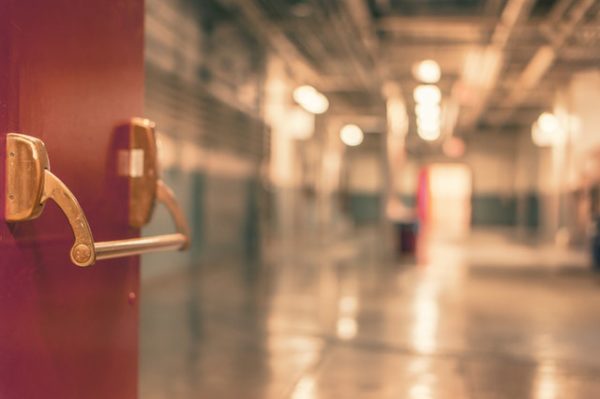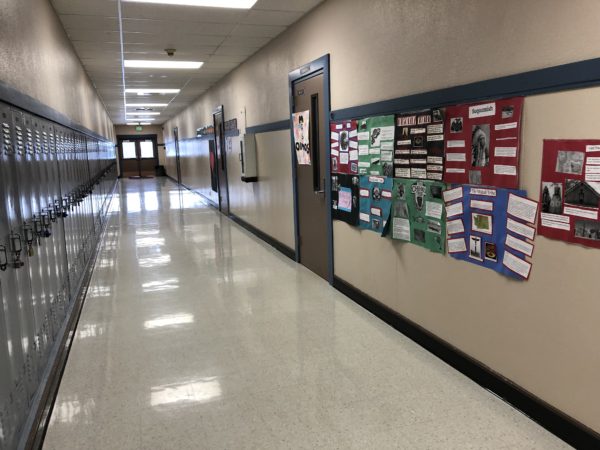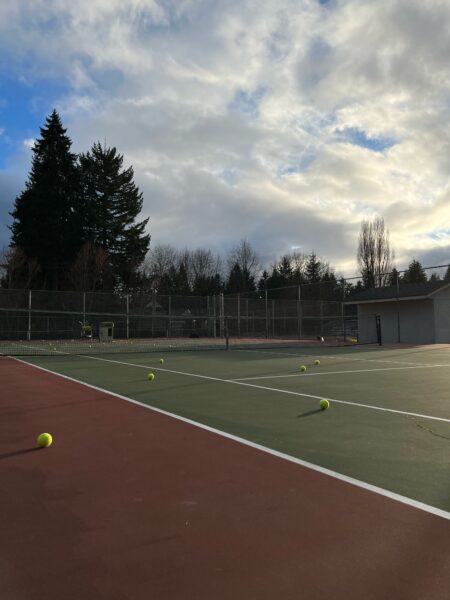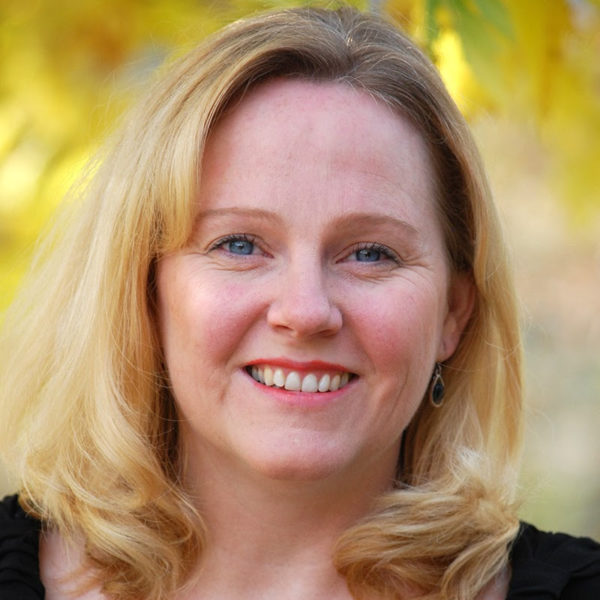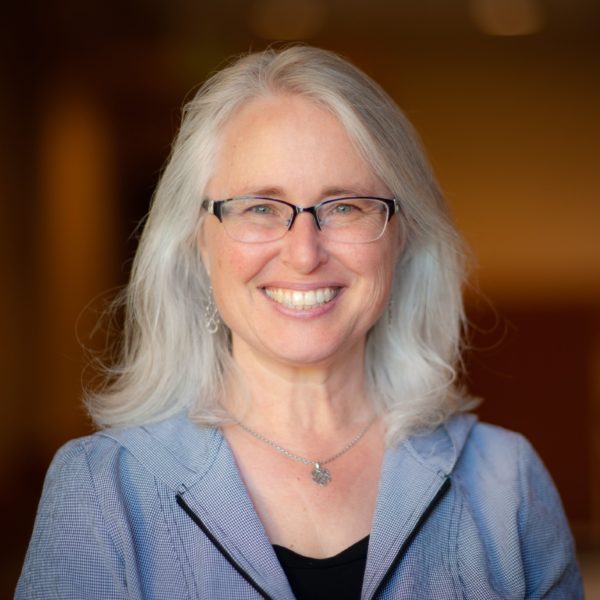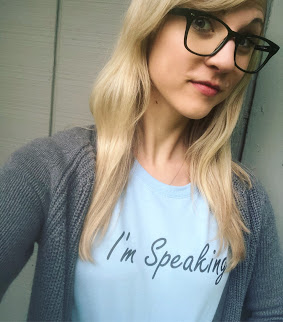Week 6 is ending with the first cut-off of the 2025 Legislative Session. Policy committees are charged with the task of passing out as many bills as possibly via executive session by 5pm today, February 21. Bills that are not scheduled to be “exec’d,” by that time are considered, “dead,” and do not move forward.
However, advocates of bills that fail to make it out of committee should remain hopeful. There is always the possibility that some form of that bill will be resurrected during the next legislative session, something we have seen many times before. There is also the chance of lawmakers who have shared similar bills to work together and collaborate on the bills that do make it through, or use the amendment process to try and reach the goals of their original legislation. This session, in particular, has seen a number of similar bills that are aiming to address virtually the same issue. Special education funding is an example of this, so is the issue of using isolation in schools.
The next cut-off that lawmakers will find rapidly approaching is the fiscal one. The House Appropriations and the Senate Ways & Means Committees will have until February 28 to read reports and pass bills out of committee and to the opposite house of origin.
Fiscal Committee Schedules for next week on tvw.org
House Appropriations Committee:
- Monday, February 24 @ 1:30pm
- Tuesday, February 25 @ 1:30pm
- Wednesday, February 26 @ 1:30pm
- Thursday, February 27 @ 9am
- Friday, February 28 @ 9am
Senate Ways & Means Committee:
- Monday, February 24 @ 1:30pm
- Tuesday, February 25 @ 1:30pm
- Wednesday, February 26 @ 1:30pm
- Thursday, February 27 @ 1:30pm
- Friday, February 28 @ 1:30pm
House Bills
HB 1079: which would allow school districts to provide all students enrolled in online school programs the option to take statewide standardized tests remotely, beginning in the 2026-27 school year (hearing time: 1:49:59). Testifying in support: several concerned citizens. Testifying as “other:” representatives from OSPI. The bill is in the House Rules Committee.
HB 1257: which requires that special education and related services for students with disabilities be provided to the end of the school year in which a student turns age 22, or high school graduation, whichever occurs first (hearing time: 31:19). Testifying in support: representatives from OSPI, CISWA and several concerned citizens. The bill is in the House Appropriations Committee.
HB 1273: which directs ESDs to collaborate with specified entities to streamline regional efforts that support students’ dual credit access and directs the SBCTC to develop a plan for improving its online career and technical education (CTE) dual credit administrative data system (hearing time: 7:50). Testifying in support: representatives from UW Bothell, WA STEM, Career Connect NW and ESD 112. Testifying as “other:” representatives from WACTE and the SBCTC. The bill was passed out of committee.
HB 1285: which would make financial education instruction a graduation requirement in public schools and requires public school students, beginning with the graduating class of 2031, to meet the high school state financial education learning standards to graduate (hearing time: 2:35). The bill is in the House Appropriations Committee.
SHB 1296: which would make changes to delineated rights of parents and legal guardians of public school children, establish a statement of student rights and associated duties for school districts, and would establish anti-retaliation protections for public school employees (hearing time: 1:12:20). Testifying in support: representatives from the SCPTSA, Planned Parenthood Alliance Advocates and several concerned citizens. Testifying in opposition: representatives from Eatonville School Board and Reject 5599. The bill is in the House Rules Committee.
HB 1393: which requires school districts, charter schools, and state-tribal education compact schools to permit students to wear one item or object of cultural significance at high school commencements and other official graduation ceremonies and events (hearing time: 1:07). The bill is in the House Rules Committee.
HB 1404: which would require public schools, beginning with the 2026-27 school year, to provide free breakfast and lunch each school day to any requesting students, and at no charge to the students. The bill extends eligibility provisions for LAP and National Board Certification funding for school districts, subject to the meal provision requirements through the 2029-30 school year. The bill is in the House Appropriations Committee.
HB 1414: which directs OSPI, in consultation with the Department of Labor, to establish a work group to recommend changes to state laws and practices affecting the training, certification, and employment of 16- and 17-year-olds enrolled in or who completed career and technical education programs (hearing time: 1:55). The bill was passed out of committee.
HB 1475: which would suspend the national board for professional standards certification bonuses for certificated instructional staff. The bill is in the House Appropriations Committee.
HB 1450: which directs OSPI to administer TTK programs in coordination with the Department of Children, Youth, and Families to authorize programs, approve sites, and set enrollment caps. The bill also limits early entry to kindergarten to children who are likely to be successful in kindergarten as well as aligns TTK and ECEAP standards (hearing time: 54:33). The bill was passed out of committee.
HB 1634: which would establish a network of statewide and regional partners to provide school districts with the technical assistance, resources, and training necessary to coordinate comprehensive student supports relating to behavioral health (hearing time: 2:20). The bill was passed out of committee.
HB 1651: which establishes teacher residency programs, describes a teacher apprenticeship program and establishes requirements for teacher apprenticeship programs (and number of hours) and requires the PESB to establish a process to approve these programs (hearing time: 1:15:51). The bill was passed out of committee.
HB 1795: which would place restrictions on the restraint and isolation techniques used on students, and specifically would ban chemical and mechanical restraint. As well as modifies notification requirements and would provide staff training requirements (hearing time: 1:20:18). The bill is in the House Appropriations Committee.
HB 1817: directs OSPI to post staff training materials on trauma-informed, survivor-centered responses to disclosures of sexual abuse, misconduct, and assault and to develop a student and family guide on laws, policies, and procedures related to this topic and mandatory reporting as we as requires mandatory reporter training for school employees (hearing time: 24:02). The bill was passed out of committee.
Senate Bills
SB 5004: which would update emergency response systems in public schools including panic or alert buttons (hearing time: 16:58 and 28.50). The bill is in the Senate Rules Committee.
SB 5007: which requires each ESD to develop and offer training for staff to address excessive absenteeism and truancy. The bill adds supporting students who are chronically absent to the Building Bridges Program through grants to community-based organizations. The bill is in the Senate Ways & Means Committee.
SB 5025: which directs the PESB to adopt separate standards for deaf and deaf-blind educational interpreters and creates a two-tiered certificate system for educational interpreters (hearing time: 00:33 and 1:24:44). The bill is in the Senate Rules Committee.
SB 5123: which would add protected classes to the nondiscrimination provisions that apply to Washington public schools: ethnicity, homelessness, immigration status, and neurodivergence (hearing time: 1:07:49). The bill is in the Senate Ways & Means Committee.
SB 5177: which would require OSPI to specify that the professional development resources that are provided on certain topics must consider the experiences of historically marginalized and underrepresented groups (hearing time: 1:03:44). The bill is in the Senate Ways & Means Committee.
SB 5179: which directs OSPI to establish a process to investigate and address complaints alleging noncompliance with state laws concerning civil rights; harassment, intimidation, and bullying; certain curriculum requirements; the use of restraint or isolation on a student; and student discipline (hearing time: 1:32:51). The bill is in the Senate Ways & Means Committee.
ESSB 5181: which modifies certain rights of parents and guardians of children enrolled in public school and removes rights related to notification requirements regarding medical services and treatment (hearing time: 2:29). The bill is in the House Education Committee. From the Washington State Standard, What is WA’s Parental ‘Bill of Rights’? And How are Democrats Seeking to Change It?
SB 5189: which requires OSPI to adopt rules to authorize funding for students enrolled in competency-based education (CBE) programs and to create competencies aligned with state learning standards, as well as requires the SBE to develop a process to identify schools and school districts that are implementing CBE, and identify costs associated with this process (hearing time: 1:11:45). The bill is in the Senate Ways & Means Committee.
SB 5192: which increases allocations for materials, supplies, and operating costs (MSOC) as well as provides that MSOC calculations must use a three-year rolling average for student enrollment and must be adjusted annually for inflation (Ways & Means hearing time: 11:15). The bill is in the Senate Ways & Means Committee.
SB 5193: which supports remote testing options for students enrolled in online school programs (hearing time: 51:16). Testifying in support: representatives from Stride K/12, Digital Public Schools Alliance, OSPI, Insight WA, River Homelink, and a concerned citizen. The bill is in the Senate Rules Committee.
SB 5210: which would establish the ninth-grade success grant program (hearing time: 00:38 and 34:53). Testifying in support: representatives from the Center for High School Success, Tacoma Public Schools, Stand for Children, University of Washington, Prosser High School and Graham Kapowsin High School. The bill is in the Senate Ways & Means Committee.
SB 5240: which allows a school nurse or designated trained school personnel to use any available epinephrine on school property to respond to an anaphylactic reaction when certain requirements are met as well as provides liability protections when epinephrine is administered in substantial compliance with the written policies of the school district (hearing time: 1:00:00). Testifying as “other:” representatives from SNOW and WFIS. The bill is in the Senate Rules Committee.
SB 5253: which extends special education services to students with disabilities until the end of the school year in which the student turns 22 (hearing time: 32:03).Testifying in support: representatives from OSPI, CISWA, WSASP, Sherwood Community Services and several concerned citizens. The bill is in the Senate Ways & Means Committee.
SSB 5263: which would increase the special education funding multipliers to 1.6381 for Pre-K students and 1.5289 for K-12 students and would eliminate multiplier tiers that provide different levels of funding based on time spent in a general education setting (Ways & Means hearing time: 42:54). The bill is in the Senate Ways & Means Committee.
SB 5272: which expands the school-related crimes of Interference by Force or Violence and Intimidation by Threat of Force or Violence, and increases the penalties for Interference by Force or Violence. The bill also requires standard signage notifying the public of these offenses and possible penalties to be displayed at public school gymnasiums, auditoriums, and public school athletic fields (hearing time: 5:16). The bill is in the Senate Rules Committee.
SB 5327: which directs the SBE to develop recommendations for students to have the opportunity to demonstrate competency of the high school computer science state learning standards, and consider how to incorporate the competencies into the framework of graduation requirements (hearing time: 56:17). The bill is in the Senate Ways & Means Committee.
SB 5358: which provides prototypical school funding for 6th grade Career and Technical Education Program (CTE) courses offered in a middle school (hearing time: 00:28). The bill is in the Senate Ways & Means Committee.
SB 5369: which amends the statutory definition of school social worker and grants authority for ESDs to coordinate with local mental health agencies to arrange for in-school placements of licensed social worker associates and masters of social work candidates (hearing time: 1:35 and 1:07:45). The bill is in the Senate Rules Committee.
SB 5386: which directs YLAC to lead a discussion about the requirements for mandatory reporting of child abuse or neglect and directs OSPI to to post staff training materials on trauma-informed, survivor-centered responses to disclosures of sexual abuse, including best practices for working with local community experts, and to develop a student and family guide on laws/policies related to this topic by November 1, 2026 (hearing time: 8:21). The bill is in the Senate Rules Committee.
SB 5418: which allows charter school contracts to include exemptions to one or more of the basic education requirements (hearing time: 53:41). Testifying in support: a concerned citizen, and representatives from the WA State Charter School Commission. The bill is in the Senate Rules Committee.
SB 5570: which requires school districts to incorporate curricula about the nearest federally recognized Indian tribe or tribes into their social studies curricula no later than September 1, 2026, and requires districts to collaborate with neighboring tribes on coordinating curricula (hearing time: 1:35). Testifying in support: the Chairman of the Suquamish Tribe, representatives from the WSNAEAC, several concerned citizens, Marysville SD, Ferndale SD and Children of the Setting Sun Productions. The bill is in the Senate Ways & Means Committee.
SB 5596: which states that every person employed by a school district in a teaching or other nonsupervisory certificated position shall be subject to nonrenewal of employment contract during the first three years of employment by such district, unless, the employee has previously completed at least two years of certificated employment in another school district in the state of Washington (hearing time: 55:24). The bill is in the Senate Rules Committee.
SB 5637: which requires school districts that operate a high school provide a mandatory one-half credit stand-alone course in civics for each high school student hearing time: 1:28). The bill is in the Senate Rules Committee.
SB 5737: which would suspend the national board for professional standards certification bonuses for certificated instructional staff. The bill is in the Senate Ways and Means Committee.
Odds and Ends
From KUOW, Are Seattle Schools Failing Highly Capable Students? Parents Raise Concerns.
A little look at my hometown and chess success on the Olympic Peninsula. From The Port Townsend Leader; Check Mate for Blue Heron in Regional Chess Match
